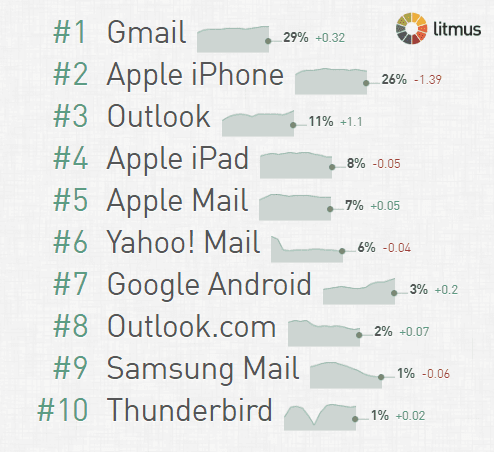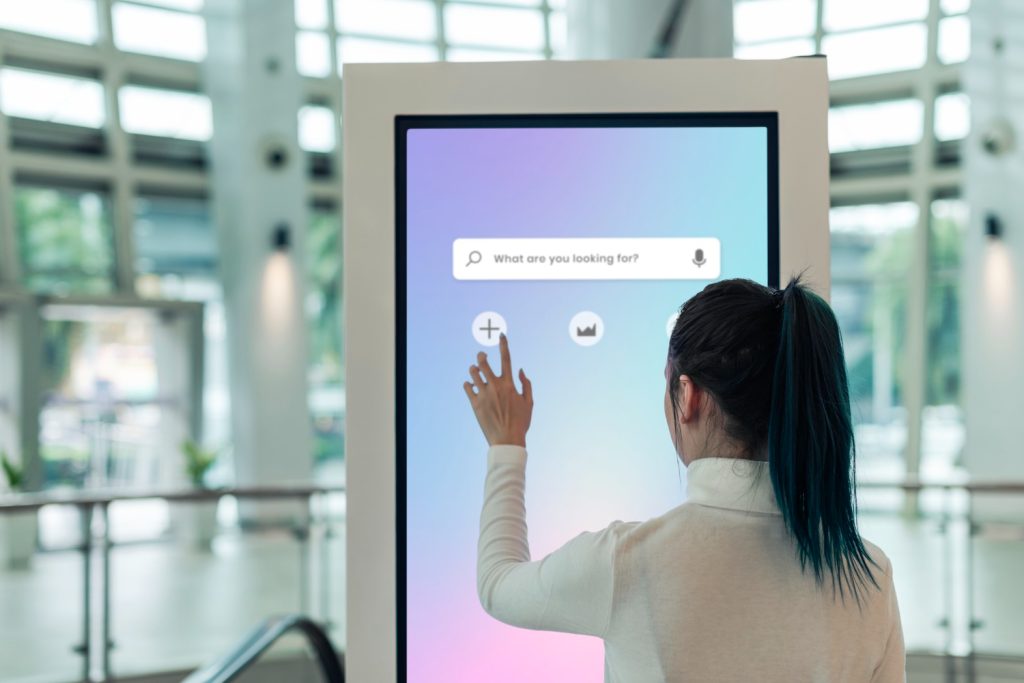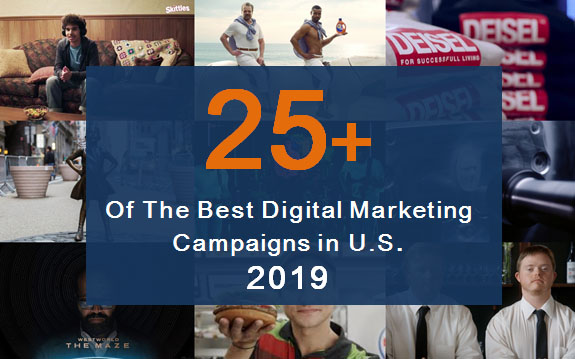Five Email Marketing Mistakes to Avoid
Digital Marketing Strategy | Aug 14, 2019

Image: Gerd Altmann via Pixabay
Email marketing is one of the most ubiquitous—and oldest—forms of digital marketing, poised to grow to over 3 billion dollars this year, up from 2 billion in 2014.
Email marketing remains popular after over two decades of usage because it’s effective. It has a median ROI of 122%, more than four times higher than other marketing tactics including social media, search, and direct mail.
But, like most things that have been around for a while, there are some common misconceptions about what works and what doesn’t with email marketing, including a lot of assumptions on how, when and why to send emails which can be misleading (or outright wrong).
In this article, we’ll share some common mistakes that marketers make and provide tips on how to avoid them in your own campaigns (with the caveat that everything you do should be tested, tracked, and reviewed).
Mistake #1—You Still Think Tuesday Is the Best Day to Send an Email
In the hallowed halls of digital marketing lore, legend has it that the best day to send out an email is on a Tuesday because it’s the day with the highest open rates. In fact, there is no one study that conclusively states that Tuesday—or any other day of the week—is the best time to send emails. Studies that try to pin down this statistic are maddeningly conflicting, though most agree that email open rates drop on weekends versus weekdays.
Some studies do point to Tuesdays as the best day to send out an email (in terms of open rates). Even so, open rates vary by industry, company, and initiative.
The best approach for any email marketing strategy is a well-tested approach. So, go ahead, and pick a different day to send your email, but make sure you’re looking at metrics that matter when assessing what works and that means going beyond open rates. Some other metrics that are useful to track include:
- Link clicks
- Purchases
- Conversion rate
- Unsubscribes
- Email list growth rate
Mistake #2—You Keep Subject Lines Short (or Long) Without Regard to the Actual Effectiveness
There is a lot that goes into an effective subject line beyond just its length. Personalization can increase open and response rates by 16% and 3% respectively.
Personalization coupled with customer behavior, demographic info and purchasing behavior tends to get the best results (versus just inserting someone’s name in the subject line—although even limiting your personalization to include your recipient’s name can still improve open rates). Here are three examples of effective email subject lines that use personalization and aren’t short.
- “Hi, what did you think about your Sharpie Permanent Markers, Fine Point, Assorted, 5/Pack?”
- (This email was sent after an in-store purchase at a popular office supply store.)
- “New Recommended Business Course: Financial Accounting For Small Businesses”
- (This email was sent from an online education website to its B2B subscribers.)
- “Did you forget something? Come back in the next 24 hours and get 15% off any purchase”
- (This is an email from a retail website which was sent in response to an abandoned shopping cart.)
Marketers also need to factor in the impact different subject lines have on different devices. According to one study, email opens on mobile devices increased by 34% from 2011 to 2018. Understanding the number of characters that display across common devices can help you craft a subject line that won’t get cut off at a critical point.
It’s important to review your own metrics to determine the most common devices that your audience uses when opening your email, but the following chart lists the most common email clients by market share as of April 2019.

A Chart Shows the Most Common Email Clients by Market Share as of April 2019
Factors in subject lines that influence open rates are varied and, as with anything else, require testing. For example, one study reported that 57% of companies that used emojis in their subject line had a higher open rate than those that didn’t.
In terms of “sweet spot” for email subject lines on mobile, Marketo data from 2019 shows that 41 characters (or 7 words) have the highest click-to-open rates, although shorter subjects have higher open rates and emails with 9 words in them have shorter open rates, comparable click-to-open rates (10.6%).
Mistake #3—Broadcasting the Same Email Message to Your Entire List
According to a recent study, nearly 90% of marketers send out the same email to their entire database without any differentiation.
When people receive emails that aren’t relevant to them, they don’t open them–60% delete them on arrival, 27% unsubscribe from the brand and 23% mark them as spam.
That’s why it’s so important to differentiate messaging across various segments of your email list. Personalized emails can still fall flat if they’re not properly segmented. Segmented email marketing campaigns get nearly 15% more opens and 60% more clicks versus non-segmented campaigns.
Lists can be segmented in a variety of ways which vary depending on your industry. For example, a healthcare technology company might have several different email lists that include large healthcare organizations, small local practices, existing clients, interested prospects, and past customers who they want to try and win back.
Mistake #4—Using Plain Text Instead of HTML
Including video in an email can increase your open rate by nearly 20% and click rate by 50% (try referencing the video in the subject line for even better engagement).
Even so, most marketers —more than 60%—send out both plain text and HTML emails as part of their email marketing strategy.
Since many email marketing services provide professional, high-quality templates that enable users to easily add images and video, now is a great time to start testing an email that incorporates some visual components.
You don’t need to embed the video in the actual email—a thumbnail of a video with a link to a YouTube page (or a page on your website) will suffice. It’s not just video that gets better engagement, other visual elements such as images, fonts and buttons can all help with user engagement. (Adding a call-to-action button in an email instead of a plain text link can increase conversion rates by nearly 30%.)
Mistake #5—You Think Millennials Don’t Use Email
Wrong! Millennials are all grown up now and they use email just like the rest of us. In fact, over 70% of Millennials identify email as their main resource for communicating with businesses and this is a factor of age (as Millennials grow older, they’re less likely to use social media). Millennials are also spending a ton of time checking their email inboxes (five or more hours by some estimates).
Millennials and email have matured together, so don’t discount this demographic when crafting your campaigns.
Conclusion
When the email came along it broke all the old rules of traditional marketing. But we’re creatures of habit, and now that email has matured, we’re susceptible to getting mired in a new set of rules that don’t necessarily produce the best results.
Avoiding some of the most common mistakes can make your emails more effective. Make sure you test everything, review the results, and stay educated about email usage trends that may impact your marketing campaigns in new and unexpected ways.





